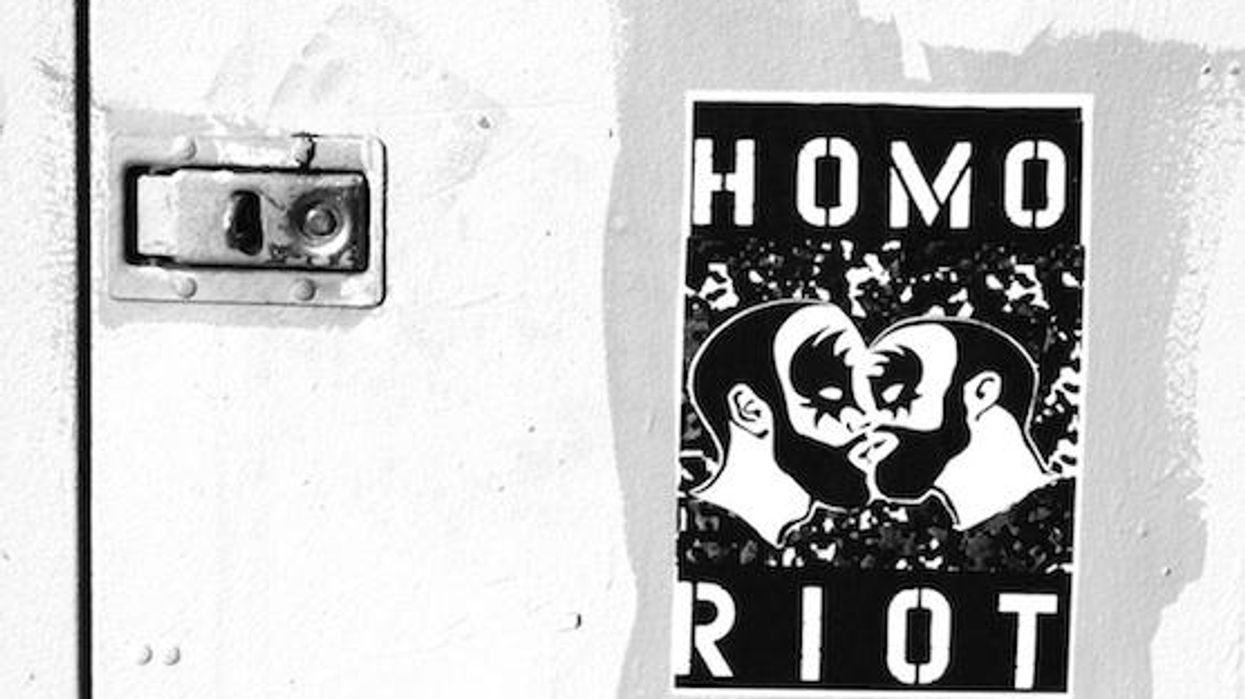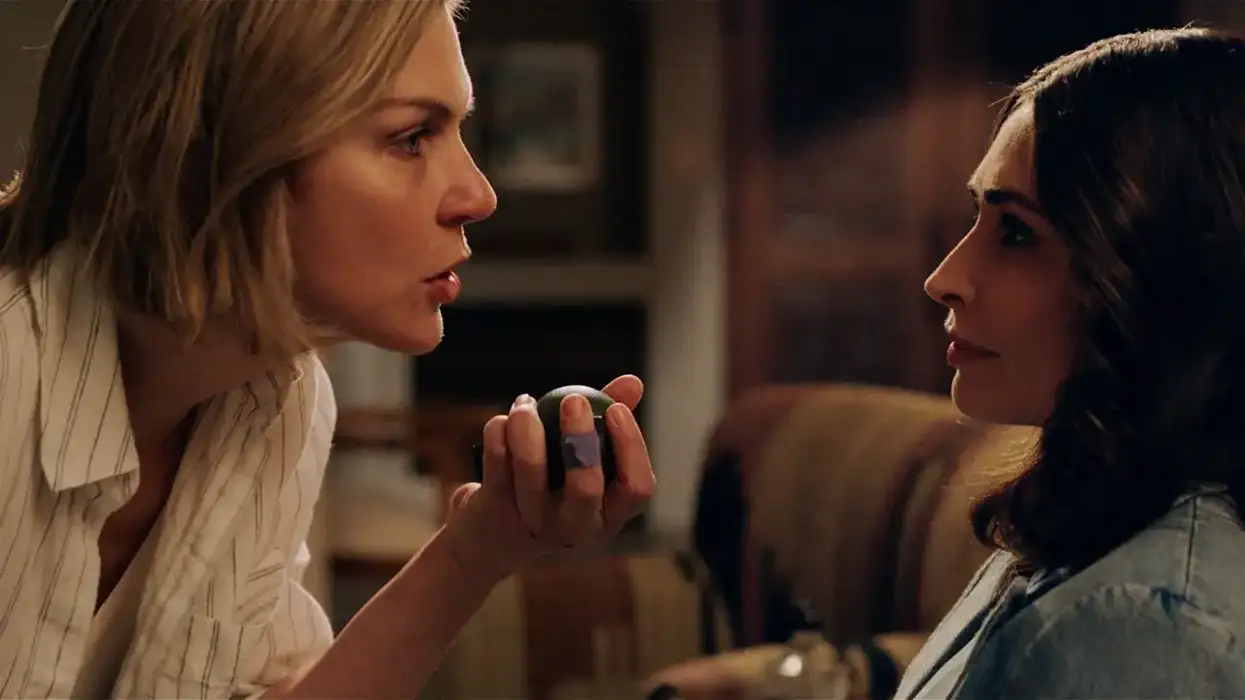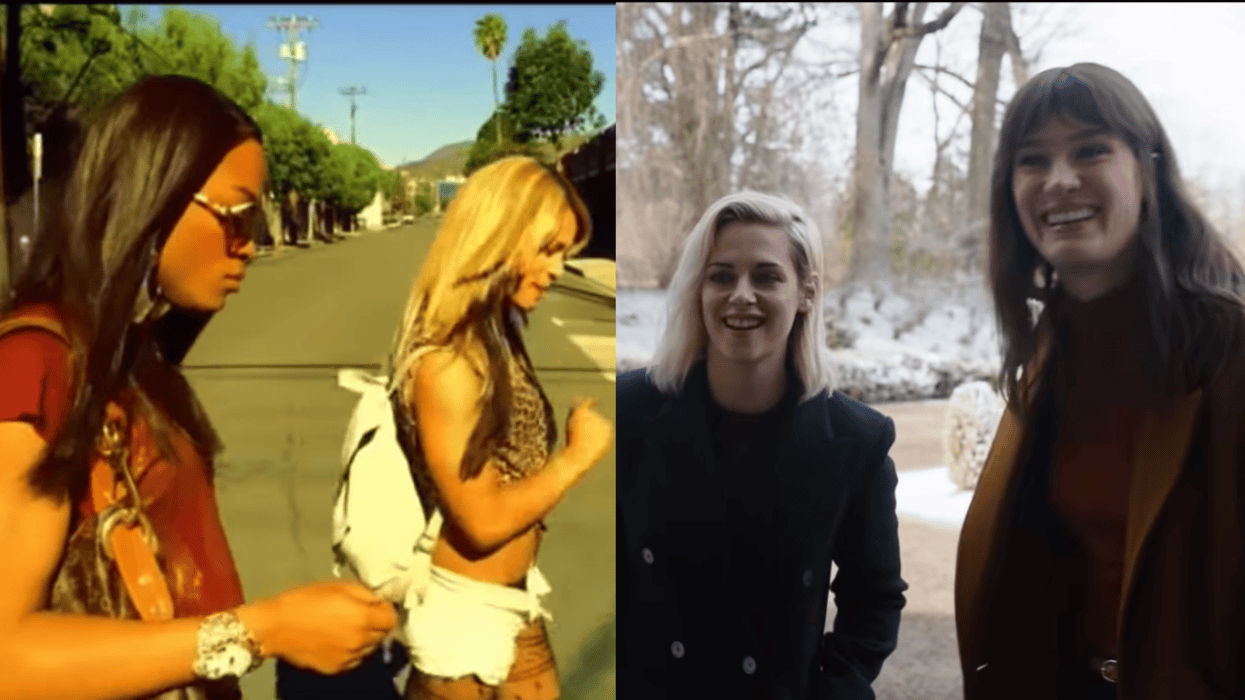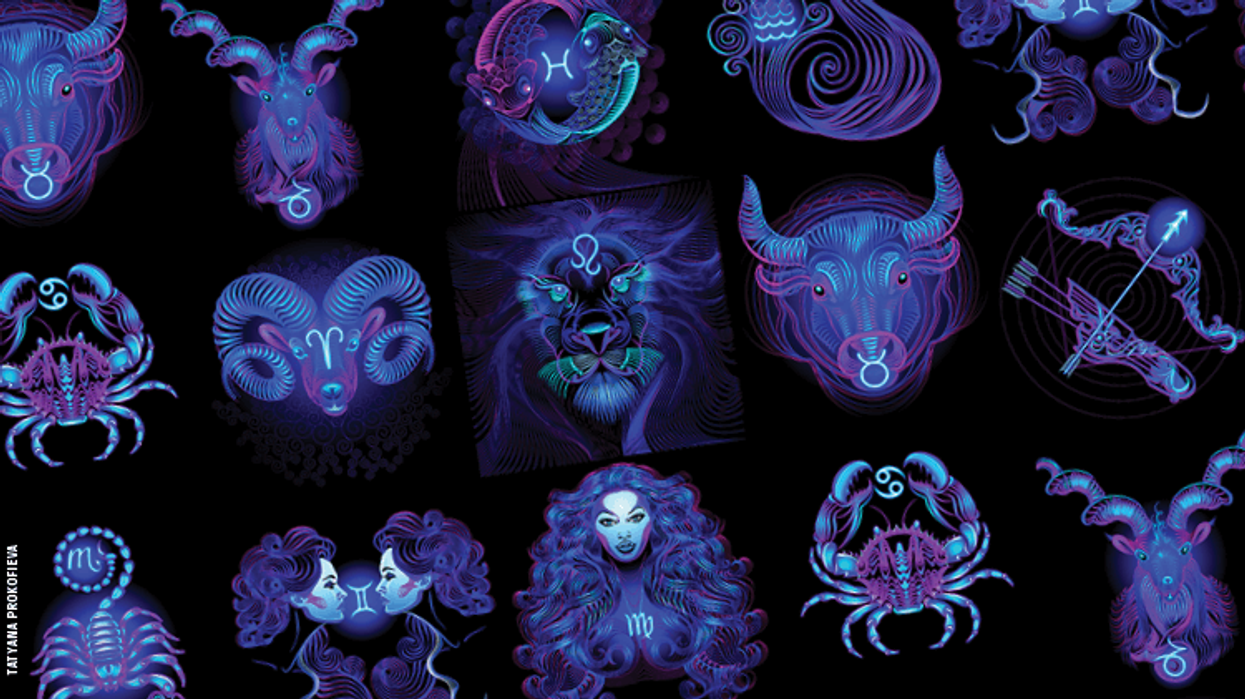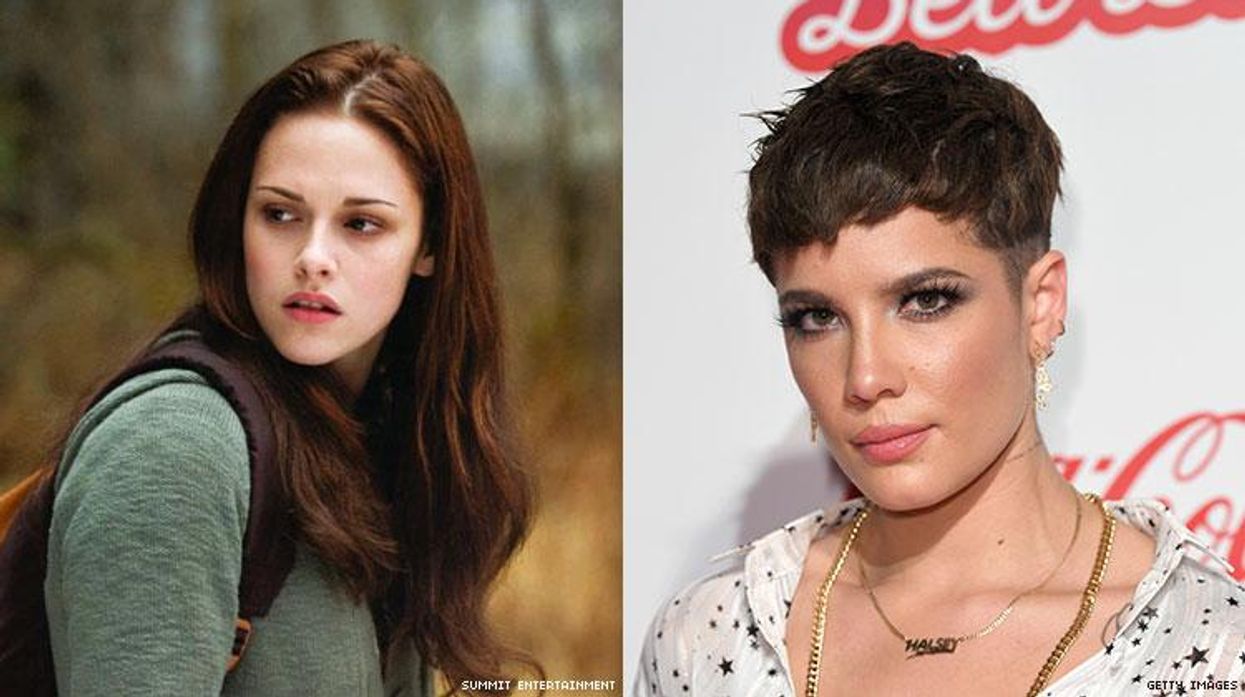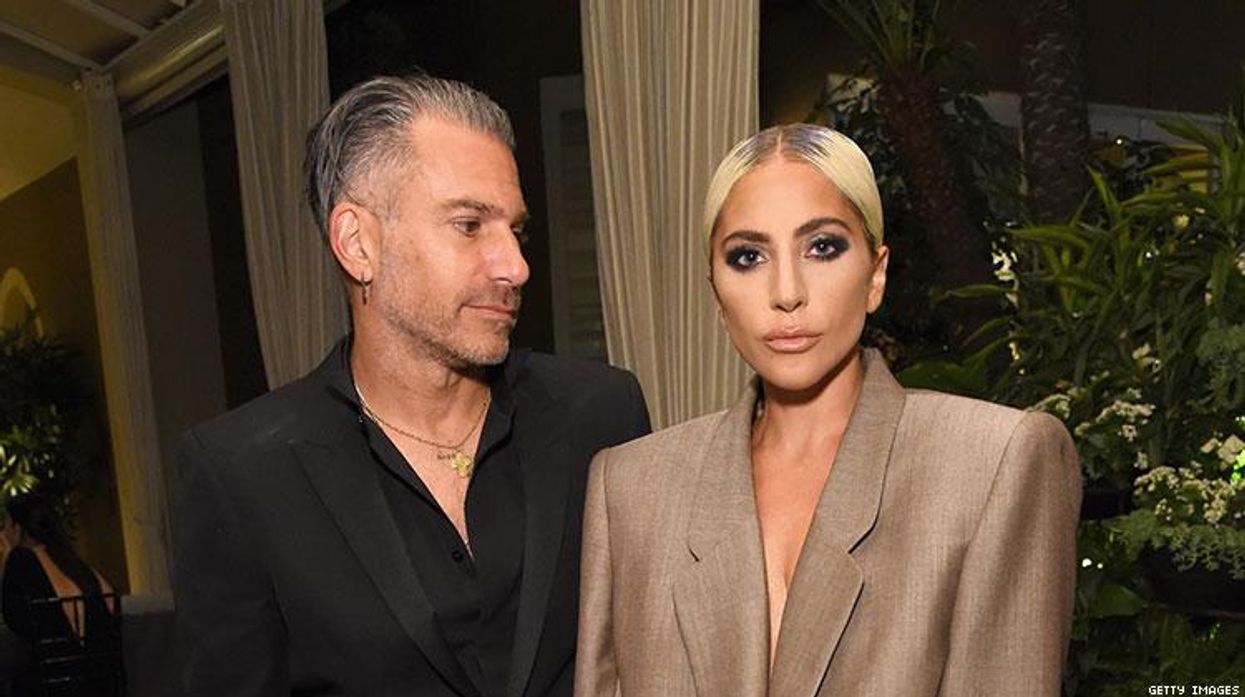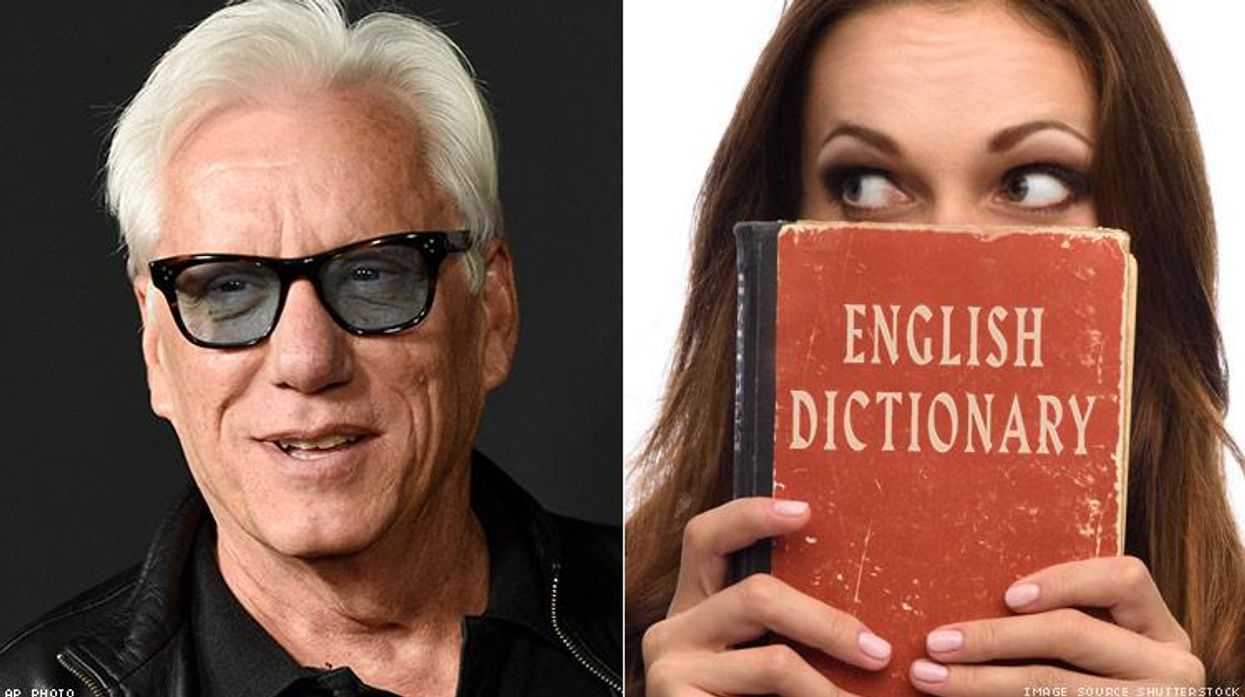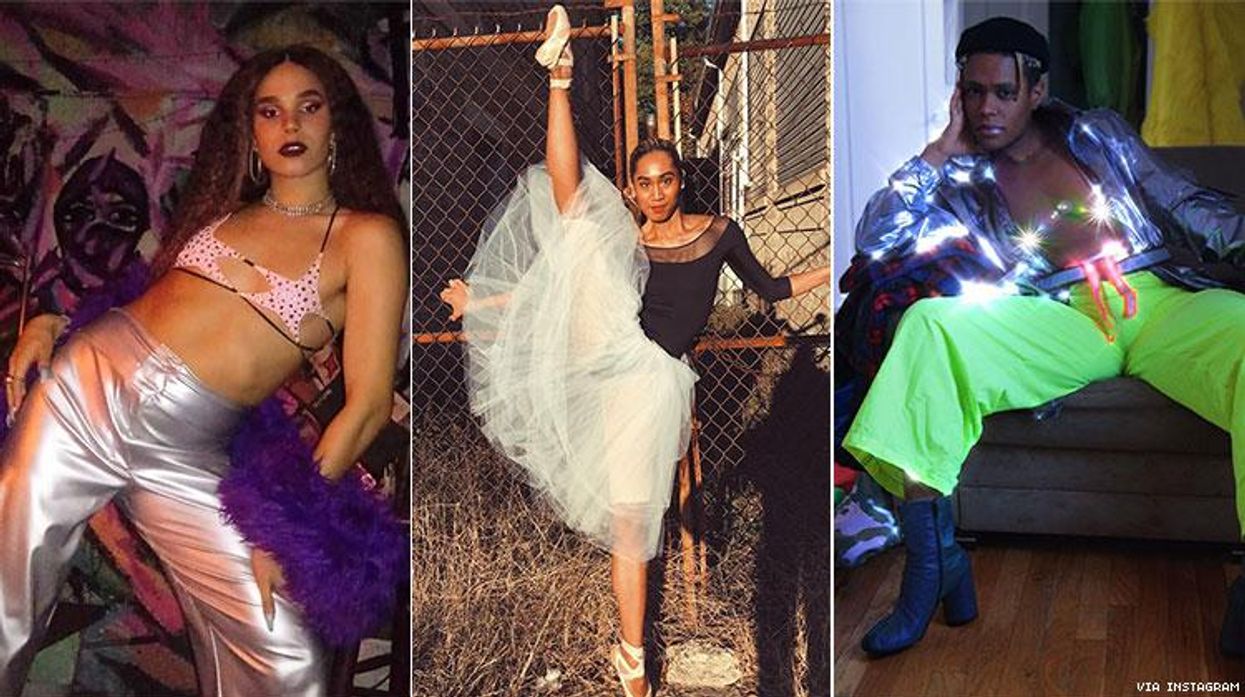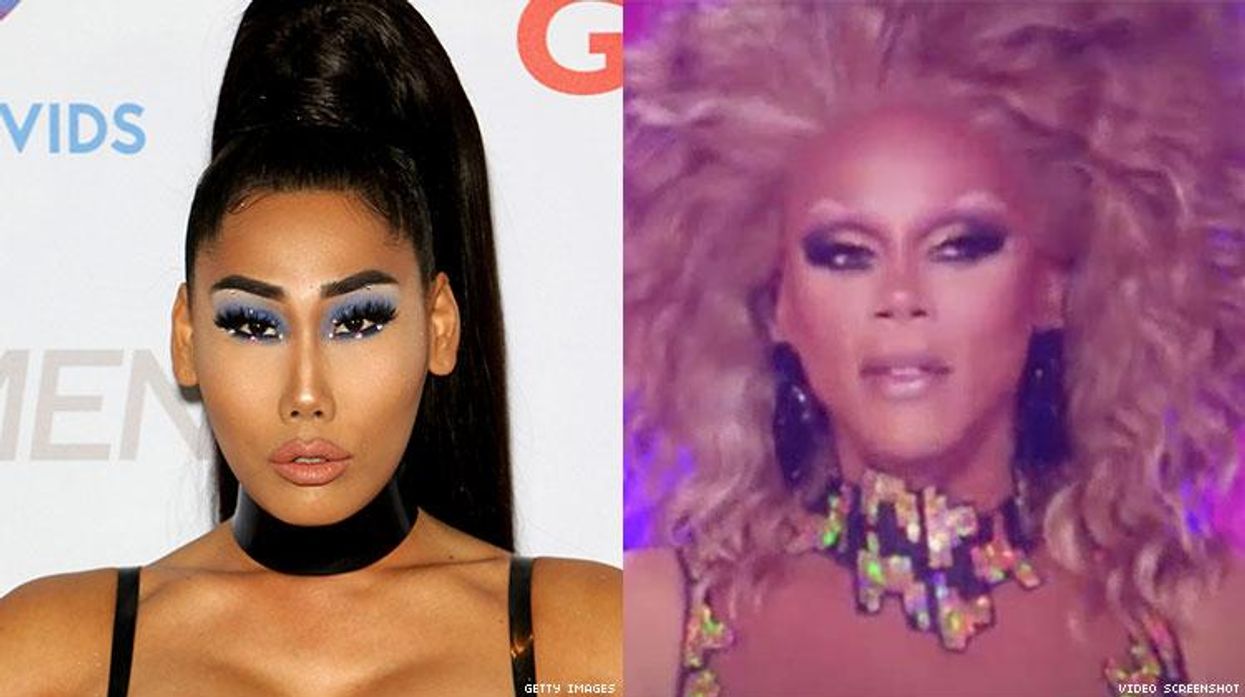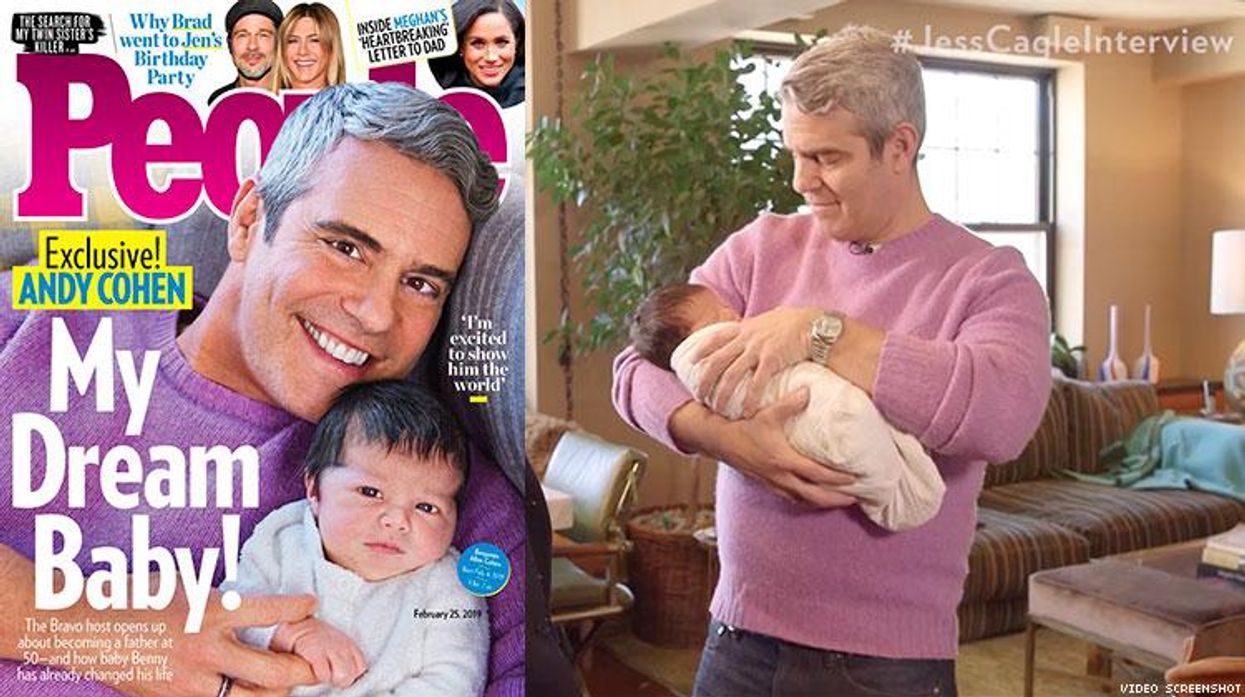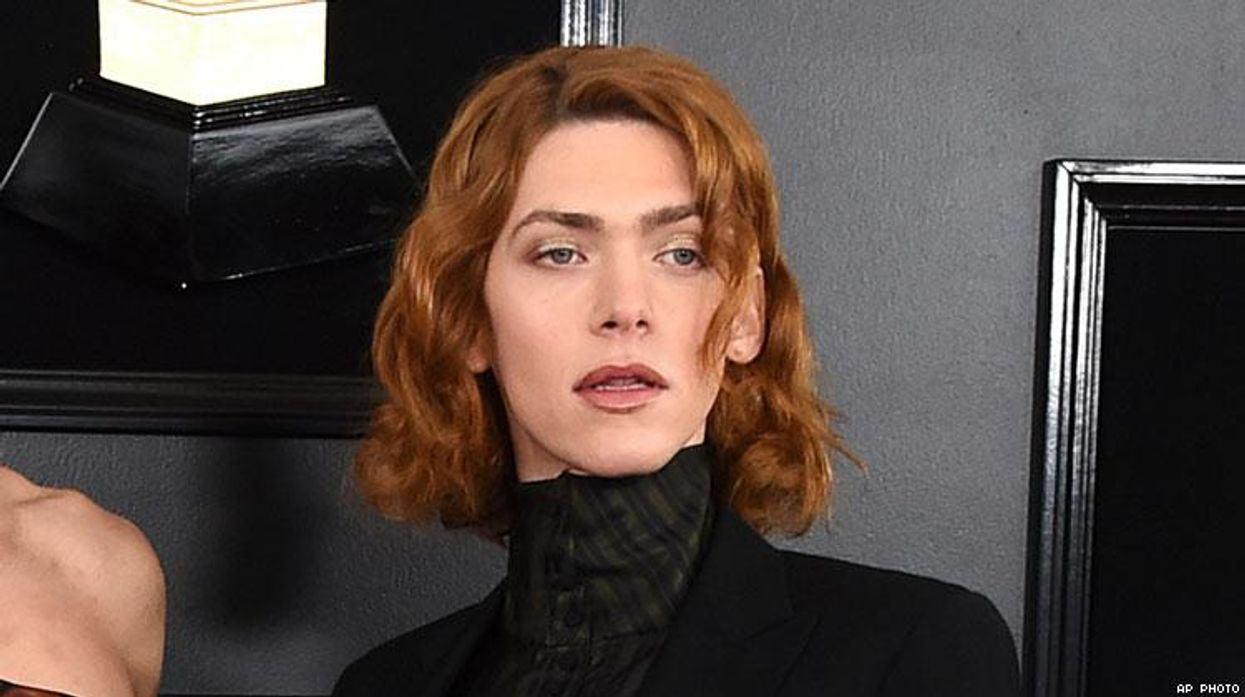Originally offered in 2011 at the SOMArts Center in San Francisco, A History of Queer Street Art, was curated by legendary street artist Jeremy Novy from his personal collection. Now (thoug Feb. 29), the show has been reimagined by an artist working under the moniker Homo Riot at the Physical Goods Gallery in Los Angeles.
Featuring work from gay street artists, both emerging and established, from all around the world, the shows off the wheat pasting, graffiti, stickers, video and other work that has made street art such a vibrant and essential part of queer life.
CHECK OUT A SLIDE SHOW OF WORK FROM 'A HISTORY OF QUEER STREET ART' HERE
We talked to Homo Riot (follow him on Facebook and Twitter) about the show, sexy ancient graffiti and how to do your own street art without getting caught.
What's your background? How did you get involved with street art?
I've been an artist my whole life... I feel like I came out of the womb as an artist. And I've actually been doing a certain variety of street art for about 20 years. But as Homo Riot, I only really got started after the passage of Proposition 8 and just my own kind of artistic outlet as I dealt with my rage at that. So, I've been doing street art for a long time, but really under this Homo Riot moniker, only since 2008.
At what point did you get interested in the idea of the history of queer street art?
When I first started putting my stuff out on the street, I would post things on Flickr or I would see other people posting on Tumblr or on Facebook and I realized there were a lot of people who were interested in it. And when I first started putting it out there, it was really kind of solo, just my own expression of what I was feeling. I guess I should have been more clued in and realized that people were going to respond kind of positively to it, but I didn't really think about it. When I started to get this feedback, I started to ask 'Where are the other queer street artists? Surely I'm not the only person doing it.' So I started searching.
I was Googling 'queer street artist' and 'gay street artist' and I finally came up with one guy in London, his name is Paul Le Chien and he's been doing queer street art for a couple of decades. So I got in contact with him, and we became email pals, and we started talking about who else was doing this. He was pretty clear about, like, 'Dude, it's just you and me.' And I just felt like there had to be more people. And two or three months after that, I got a message from Jeremy Novy in San Francisco. And he filled me in on the fact that he had put together...a show in San Francisco that he was calling A History of Queer Art, and he wanted to get me involved. I was just excited to know that there were other people out there, and so it's been kind of just a process of finding out who he has identified and then other people hearing about the show and wanting to be part of it.
It's not entirely new for queers to be active in the street art world--what's the oldest piece in the exhibit?
There are a couple of ACT UP posters, there are references to Keith Haring, some images of his work--obviously we don't have anything actually by Keith Haring in the show. And there was a group in San Francisco, they were in the early 1970s, Gran Fury. The late '70s and early '80s is about as far back as what we are representing in the show. Although to be honest with you, queer street art--really, queer public art is--is age-old, right? I'm sure there's some cave painting someplace that has a document of a guy giving a blowjob or sodomizing some guy from his village, or something like that. I feel like probably one day someone will uncover something like that. Definitely there was public art in Roman times that depicted this. Maybe we should try to work that into the show, but we haven't made that happen yet.
Are you seeing a sort of up tick in queer street artists working today?
Absolutely. Just with the proliferation of the Internet, and the availability of inexpensive cameras, and the ability for people to shoot things with their cell phones, I think that the awareness of street art is really hitting like a major point. And people all over the world are becoming aware of it, and I feel like around the world, the galvanizing of sexual freedom and sexual liberty... I think that there is a movement around the world of young kids doing street art. It's very pro-queer and people just taking the ability to go out and push their ideas of their own sexuality and the ability to kind of make a statement about queer freedom.
What are some sort of tips to know before going out and making street art? What do you do before you put on your hoodie and grab your spray-paint?
I'm in Los Angeles and we have pretty active laws against vandalism as I guess any other major city would. But spray-painting really kind of jumps up your risk. There's also wheat pasting--it's basically putting up a poster, but a little more permanent than that. You just want to be careful and aware of your surroundings. I don't want anyone to get busted, or do time for putting up their queer street art, but I think that's that.
I have some imagery that I guess would be seen as offensive in a general--'normal' society might find it offensive--but I try not to be too overtly offensive because I want people to see it and not think it's just reactionary. You know, someone can look at two guys kissing and maybe have an immediate feeling about that, but it's not the kind of thing that most people are going to rip down and cover up immediately.
I would just say if a young street artist is really serious about putting something out and having imagery that will stay up and really generate some thought and reaction on the part of someone who's seeing it, to be smart about what you're depicting. It shouldn't just be a scene from a porn movie; it should be something that's thought provoking.
If people are just sort of hearing about this for the first time, who are some people that they might want to learn about? Is there some sort of syllabus for the history of queer street art?
Paul Le Chien has a really big body of work and I think his work is really important in the history of queer street art. There are so many: There's a guy in Mexico, he goes by the name of Gay Stencil, he's out of Guadalajara and he does some pretty cool stuff. There are some great lesbians that are doing some great work. There's a girl Jilly Ballistic in New York and she's got some great pieces out there. Jeremy Novy's doing stencil art in San Francisco. There are two guys in Ireland called Adrian and Shane, they're a pretty interesting duo and they have a lot of notoriety in Europe.
What made this show important to bring to L.A. from San Francisco and rework to show to a new audience?
I think just being aware that there is a history of queer street art is pretty remarkable, and it can be really powerful for people to acknowledge. Realizing, when I first started doing this, that it wasn't something that I could just Google and find out a bunch of information about it, was difficult--that information wasn't really available. But in the last three years, we've really come a long way in that awareness and I just really want queer street art to be seen as something that's really empowering to young gay kids. Not that gay street art is going to save anybody's life, but I think that it goes a long way toward engendering pride in young gay kids...and hopefully it in some way gives some street cred to gays and lesbians. I mean, the audience for queer street art is primarily young people, and so hopefully in some way this is changing perception and it's moving forward this idea that equality is what's important and that we're all the same and that being gay is not anything to be ashamed of.


